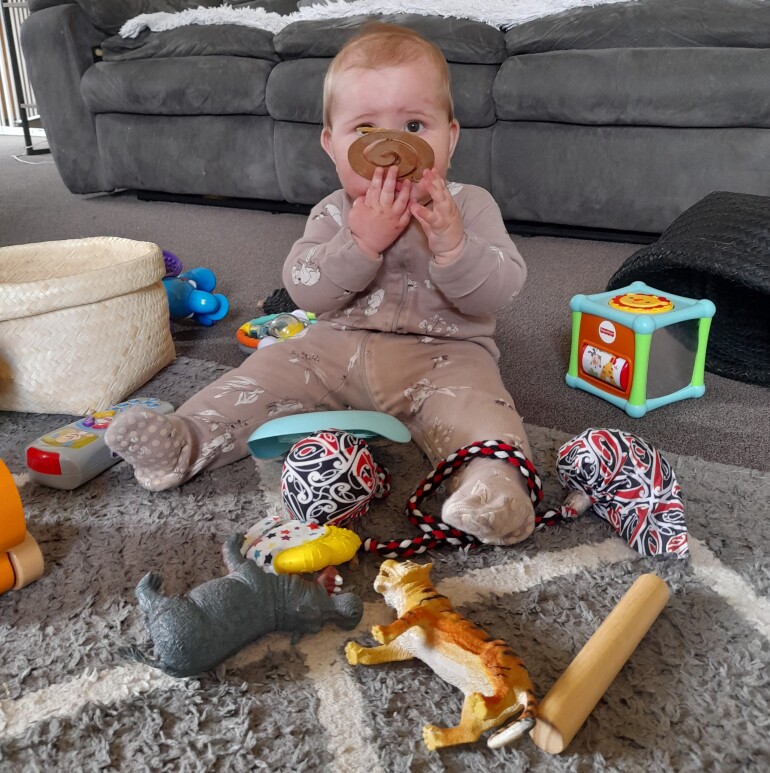News And Events

Spaces for Play and Learning
8 August 2023Research tells us preschool-age children learn best in environments where they can have secure relationships with caring and responsive adults, where they feel safe, and where they feel free to explore and learn. A well-arranged environment can help meet children's needs during play and routines.
Encouraging tamariki to become effective learners involves allowing them to decide what they want to learn and providing the time, space and support for them to explore, experiment and try things out. Providing an environment that offers interesting play materials and opportunities to try new things is a good starting point.
Children learn when they:
- find things that capture their interest;
- get involved and spend time playing around with and exploring objects;
- persevere with activities they find difficult or unfamiliar;
- test, share and talk about their ideas;
- make up new ideas by themselves and with others;
- initiate or take responsibility for their own learning.
It is important for toys and resources to be easily accessible for children and Educators. This will allow children to have opportunities for play, exploration and spontaneous learning experiences. What is easily accessible?
- Resources that are stored safely away but within reach for children;
- Resources that are in a suitable storage containers;
- Resources that children can get themselves with minimal help.
Play and learning spaces include active, messy and occasionally noisy places, but also places to retreat, to rest, to sleep, to socialise (one to one, or group interaction), and engage in detailed, protected play. Protected activity space is especially important for constructive play, where intricate manipulation or placement of objects (developing fine motor skills) or the creation of an imaginary world can be protected from disruption. Protected activity space is also important for toddlers, whose first experiments with getting around on two legs requires space to move and to fall over.


